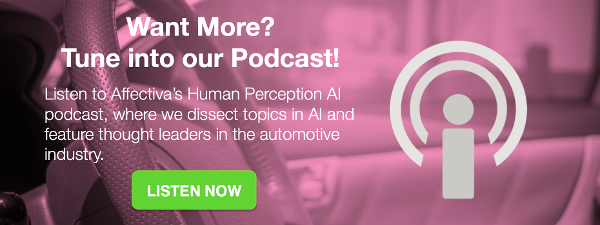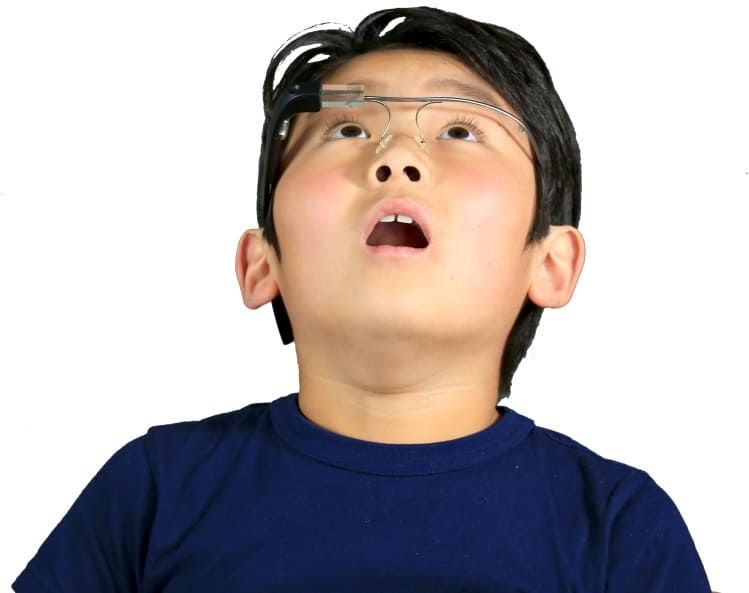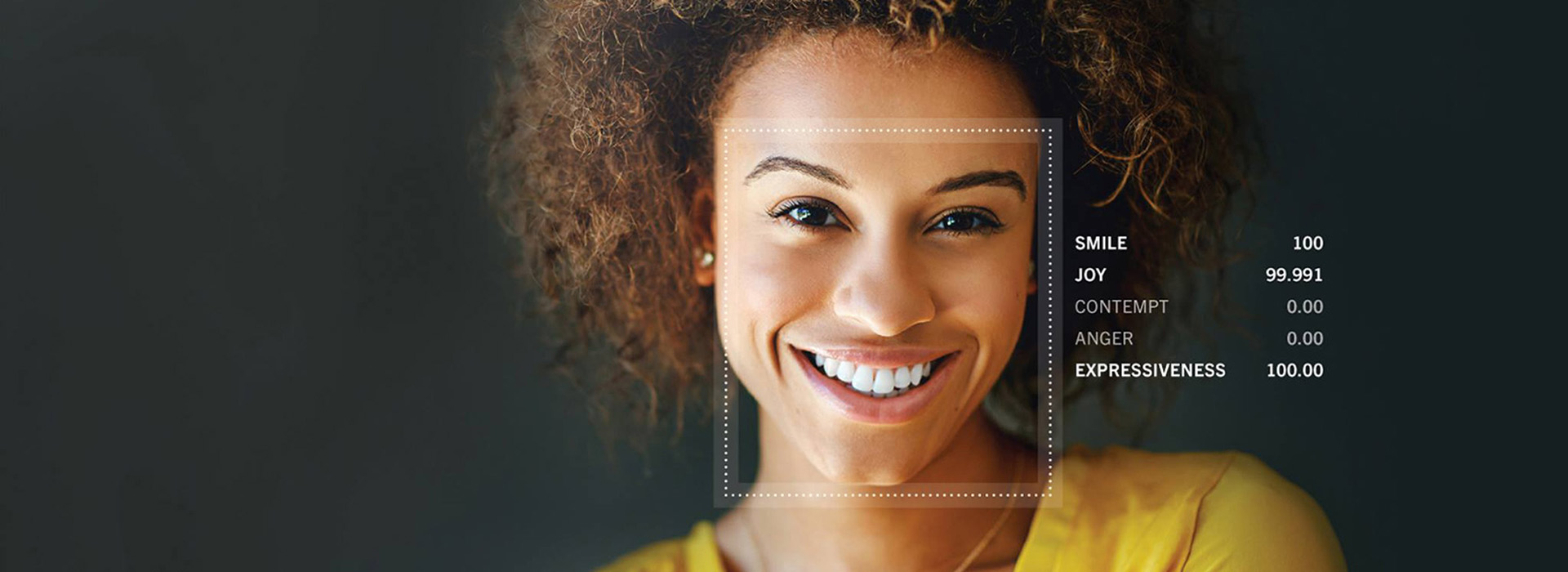With the latest tools and technology, you are now able to take control of and hold yourself accountable for your health in ways that you never were able to before. Fitness trackers like Fitbit and Jawbone automatically track your heart rate, sleep patterns and steps taken - but what about your emotional state? What if a device existed that took snapshot of your emotional health, similar to how your doctor takes your pulse?
We are getting close - Chronist, an Affectiva SDK user, is a project that quantitatively monitors the emotional and physical changes of an individual over periods of time. The thesis of creator Chris Roth is that if you can accurately show emotional or physical change over time, you can objectively pinpoint how an environmental change such as a career change, moving to a new city, starting or ending a relationship, or starting a new habit like going to the gym affected your physical and emotional health. This can lead to important insights on an individual level and for a population as a whole. You can check out the project on Github.

Affectiva was able to speak with Chris on his work, his process of building Chronist, and how he arrived at Affectiva emotion recognition SDK to power his project.
What does your project do and how does it work?
The Chronist project is comprised of a set of command-line tools meant to be used alongside the app, Lifeslice, to analyze your emotion and aging over a long period of time, such as months or years.
Where did you get the idea to build it?
There are a lot of tools that make it easy to track emotion over time but none of them are able to track emotion passively or objectively: they all require you to manually input your emotion subjectively, such as on a scale of 1 to 10. This is effective but it comes with whatever biases you might have about yourself and it requires you to remember to record scores everyday. I wanted a way to track my emotion without having to add a routine to my day.
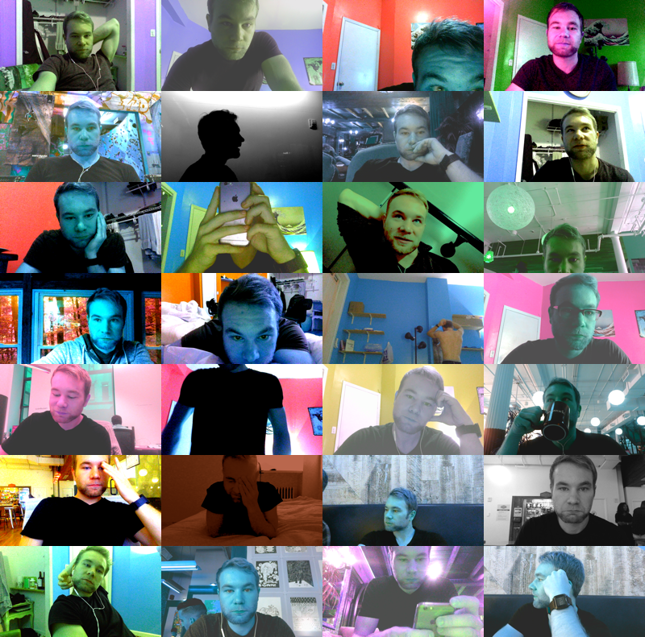
What was your process in building it?
I built this gradually over the course of a few months as a side project. It was initially just to analyze my own Lifeslice photos but I later decided to make it easy for other people to use it as well. I used Node.js and Python to build the command-line tool and Python with Numpy, Pandas, and Plotly for the analysis.
How did you arrive at Affectiva's technology to help achieve your vision?
Stan, who created Lifeslice, recommended Affectiva. I used the Javascript SDK in the command-line tool to generate a CSV of emotion and age data from a directory of photos, which is then in turn used to do the long-term emotion analysis.
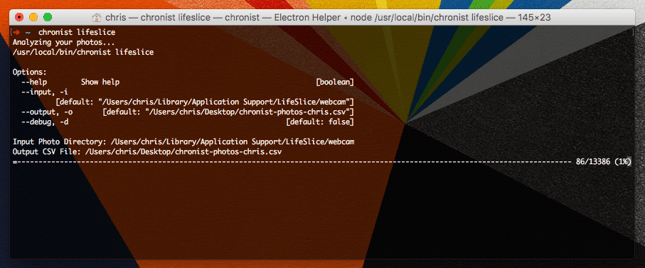
Can you share how you believe emotion tech contributes to your project's goals?
There are no specific goals or metrics since this is just a fun side project, but it would make me happy to see other intelligent minds pick up my work and contribute to it or use it for other purposes, like research. There are a lot of directions this could be taken in.
Which features of your project are you most excited about?
The ability to determine how a life event (eg a new job) affects your happiness.
What is the next step for Chronist?
I want to put it in front of intelligent people, such as researchers and quantified-self enthusiasts, and see what they can do with the data. I also would like to bake the long-term emotion analysis feature of this into a journaling app or into Lifeslice directly.
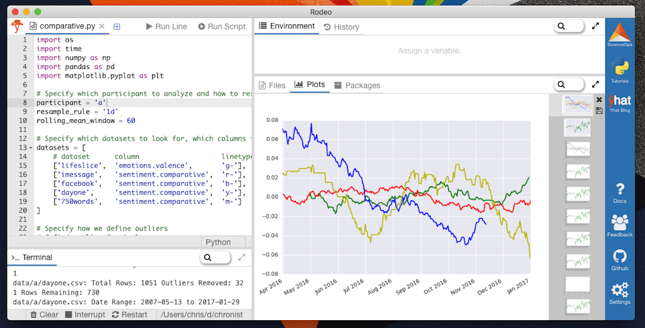
Do you have any other advice for those looking to build similar projects of their own?
Email me so I can help you and give you feedback.
What do you see as the future of healthcare technology?
Data science and machine learning will be fundamental parts of healthcare. Prevention and holistic care will become mainstream, and it will be scientifically based as we’ll have good algorithms for measuring ourselves.
About Chris Roth
 Chris is a health tech entrepreneur and software engineer in NYC who has an interest in Quantified Self projects and data science. He previously worked for Teachable and founded DoubleBlinded.
Chris is a health tech entrepreneur and software engineer in NYC who has an interest in Quantified Self projects and data science. He previously worked for Teachable and founded DoubleBlinded.


